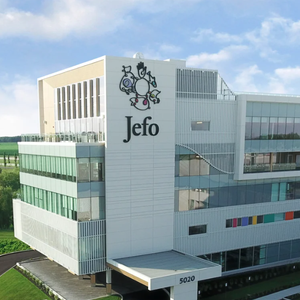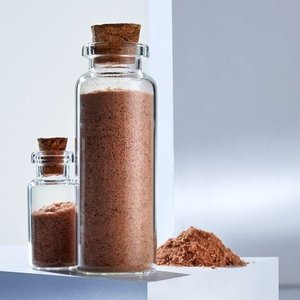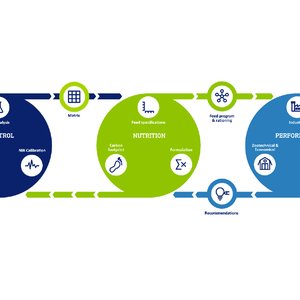Vietnam Scheduled to Begin Low-Phytate Barley Feeding Trials
The U.S. Grains Council is partnering with the Idaho Barley Commission to begin low-phytate barley aquaculture feeding trials in Vietnam.
Approximately 21 metric tons of low-phytate barley was shipped out of Tetonia, Idaho earlier this month destined for Vietnam where it will be field tested. The barley was donated by the Idaho Barley Commission and the Council arranged for payment of ocean freight. Kelly Olson, Idaho Barley Commission administrator, said the low-phytate barley will be studied in relation to its use as feed for Catfish Tra, which is one of the major fish grown in Vietnam, popular for human consumption.
“Barley has not previously been included in Catfish Tra rations, but it’s time that changes,” said Olson. “Low phytate barley contains attributes that benefit animal nutrition and help reduce phosphorous pollution.”
Approximately 70 percent of the phosphorous in conventional barley exists in the form of phytate which cannot be readily digested by monogastric animals such as fish. The new low-phytate barley known as Clearwater has a 50 percent reduction in phytate, according to research conducted by USDA’s National Small Grains Germplasm Research Facility in Aberdeen, Idaho.
“Specifically, the phosphorous content in low-phytate barley should be more easily digested by Catfish Tra,” said Olson. “This means a greater absorption of nutrients and less phosphorous excreted as waste.”
Catfish Tra feed currently consists of primarily soybean meal, wheat by-products, fish meal and rice by-products and others. Olson said that with increasing U.S. barley production, availability for barley export will logically increase as well, which is the rationale for the Idaho Barley Commission donating the low-phytate barley.
“In order to promote the barley for feeding fish, technical information on the feeding value of U.S.-produced barley should be available for end-users,” she said. “The U.S. Grains Council is the organization that can make this happen and we rely on them to assist in expanding demand for U.S. barley and to educate end-users and consumers on the benefits of all feed grains.”
The U.S. Grains Council is a private, non-profit partnership of farmers and agribusinesses committed to building and expanding international markets for U.S. barley, corn, grain sorghum and their products. The Council is headquartered in Washington, D.C., and has nine international offices that oversee programs in more than 50 countries. Financial support from our private industry members, including state checkoffs, agribusinesses, state entities and others, triggers federal matching funds from the USDA resulting in a combined program value of more than $26 million.










